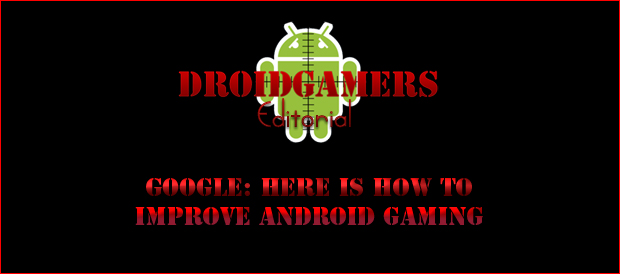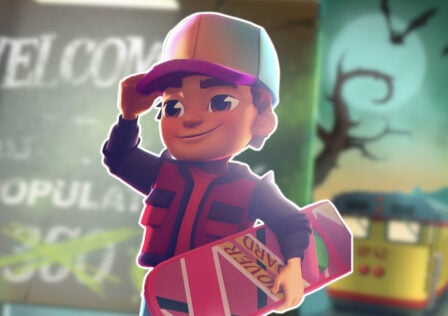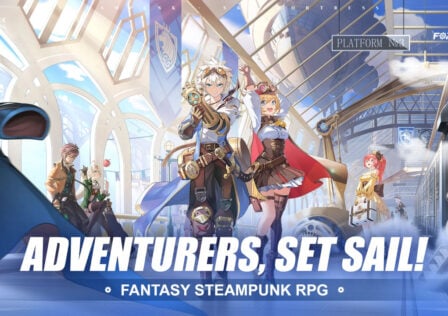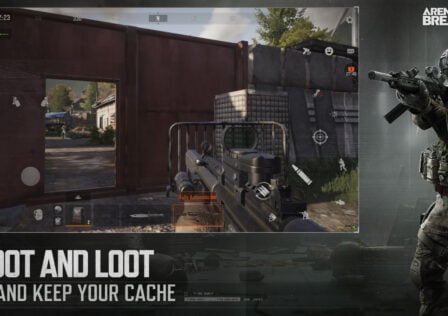The modern day app store has changed smartphones as we thought we knew them. Android market and iOS app store each have several hundred thousand great applications that many couldn’t imagine their lives without. However for Android, games seem to have stood still until recently. Changing is on the horizon however, especially with the release of social gaming networks like OpenFeint and recent flood of iOS games coming to Android.
Robo Defense which has held the top position on the all games section for as long as market has existed, and it just now begun fighting for it’s place in first with a few quality titles. Is it purely the market’s poor organizational design to blame? Or is there something else to blame?
![]() Dealing With The Hardware
Dealing With The Hardware
When the G1 launched it brought with it 256MB of ROM and 192MB of RAM, barely enough for the operating system let alone 25MB (or larger) games. Google’s Froyo 2.2 added the ability to move applications to the SD card through the application settings page to save space on the phone’s internal memory. Android users have been requesting the feature since the G1’s launched back then, and it’s a huge space saver — it however didn’t fix the initial problem. Apps and mostly games still install with to the device’s internal memory, limiting the size of the game to the memory available on the phone, even if you plan on moving it to SD.
Google allows developers of large games to install directly to the SD card, but as we’ve seen this is a problematic feature for many users. People with this problem need to unmount or remove the microSD card before the app installs. While most people don’t have this issue, the move to SD card feature is difficult for new users to find and it really isn’t something most think about until their out of room and applications wont install until the user sits there and moves their apps one by one to the SD card.
Huge games like Myst on the iPhone are currently unlikely on Android because of this limitation. Some developers seem to have ‘fixed’ the problem in their own way, downloading data to the SD card when the app launches for the first time. While developers having this option is certainly very nice it leads to a separate experience in different games — frustrating to users.
![]() The devices should have the following improvements:
The devices should have the following improvements:
- 32 GB of Internal NAND flash memory or more
Why are we satisfied with our 500 dollar smartphones only having 2 GB of ROM in 2010? Internal NAND flash is much faster, more efficient and much less power hungry.
NAND flash will improve loading times for immersive 3D games and be better with battery life when watching movies or other forms on content will are continuously accessing the microSD card. - SD card installs should be more clear to first-time users, using options on the application’s market page itself.
![]() The Market
The Market
The market’s a mess right now as anyone can tell you. It has a very limited way of sorting apps and games which create the appearance of a lack of variety. In fact there are tens of thousands of apps and games the user is missing because the market doesn’t feature them well enough, or for long enough. The market needs new categories such as ‘Popular this week’ ‘Popular this month’ ‘Popular all time’, ‘Featured games’, ‘Featured developers’ and so on. Downloading and actually paying for the paid apps seems to be a spotty service most of the time.
Often the market freezes on downloading large games and features of the market fail entirely too often for a Google service, especially one that cost money. Payment options are still pretty limited with the Android market and refunds are often too easy for users to get. This leads many users to pay for games, finish them and refund them the same day. Comments on the market are uncharacteristically filled with spam for a Google service and there are no options for sorting, or filtering.
![]() The Market should have the following improvements:
The Market should have the following improvements:
- Better organization with more categories
- The market needs to better handle large downloads, either in parts or offer some option to only download large auto-updates over WiFi only as 3G is too slow and often leads to broken downloads.
- Refunds should be limited to a certain number per month each user to prevent abuse.
- Allow more payment options and greater international support to expand the user base of paid games.
- Bugs need to be ironed out with the authentication process as it seems it is a major point of failure.
- Clear spam from market comments.
- Sort comments by other than newest first.
When viewing a comments page pressing the menu button should give the option of newest/oldest first, most helpful first, high/low stars first. Also developers being able to respond to comments or delete inappropriate ones.
Furthermore the market’s poor handling of games and applications running improperly on older or cheaper hardware needs to be improved. Low-end devices can download and install very large 3D games which don’t run well enough to be usable and this causes user frustration. These should be better filtered from devices unable to run them. The market’s next problem will be in handling the newest tablet games coming to android later in the year which will exacerbate another problem the market currently has — duplicates. Almost every game is offered in both a ‘Lite’ and full paid version which means there are two search results for the same content. When tablet devices come out we’ll see 4 apps for 1 actual app, but offered it’s likely that these will now be offered in Lite, Lite tablet, full and full tablet when these tablets come out later this year.
What’s your move, Google?





